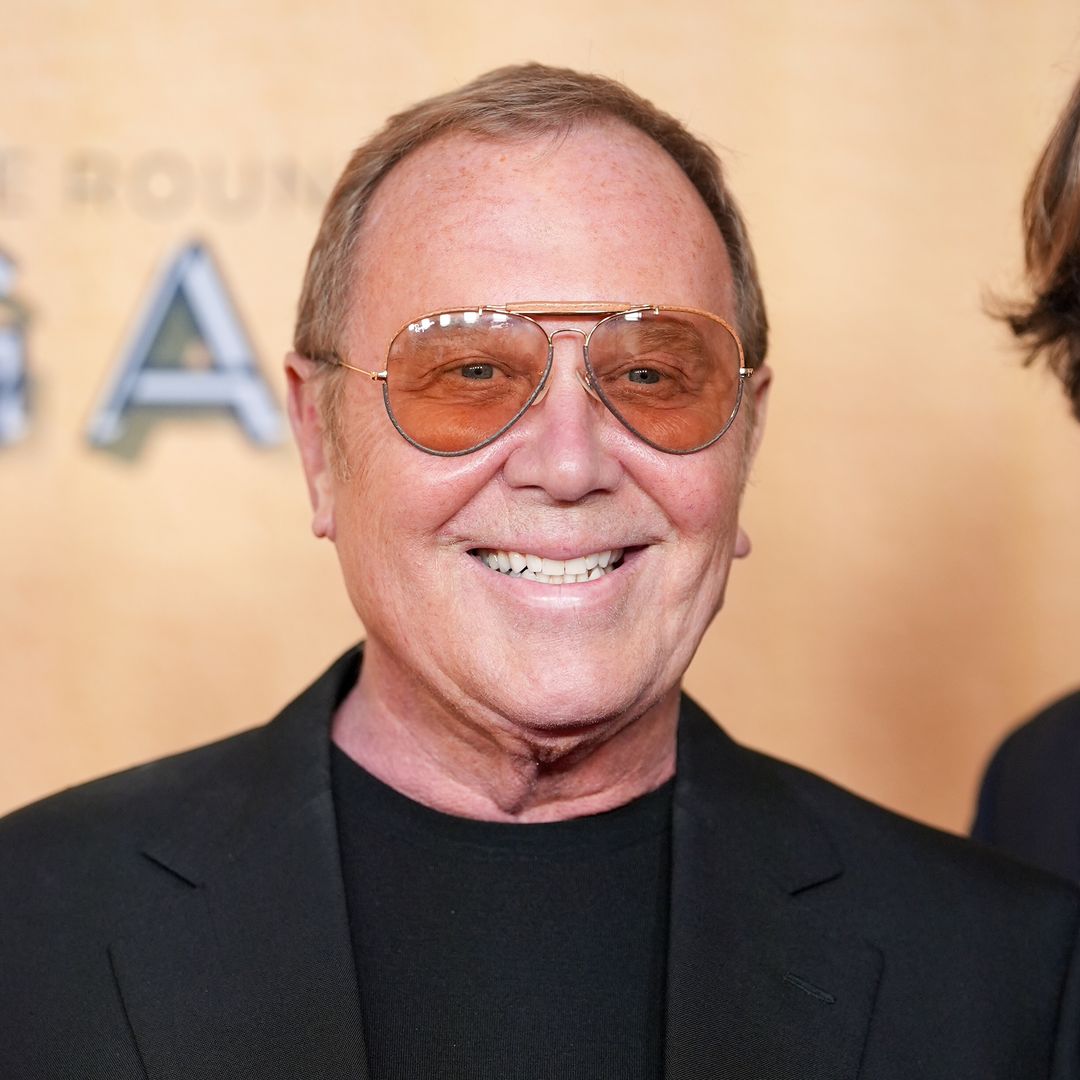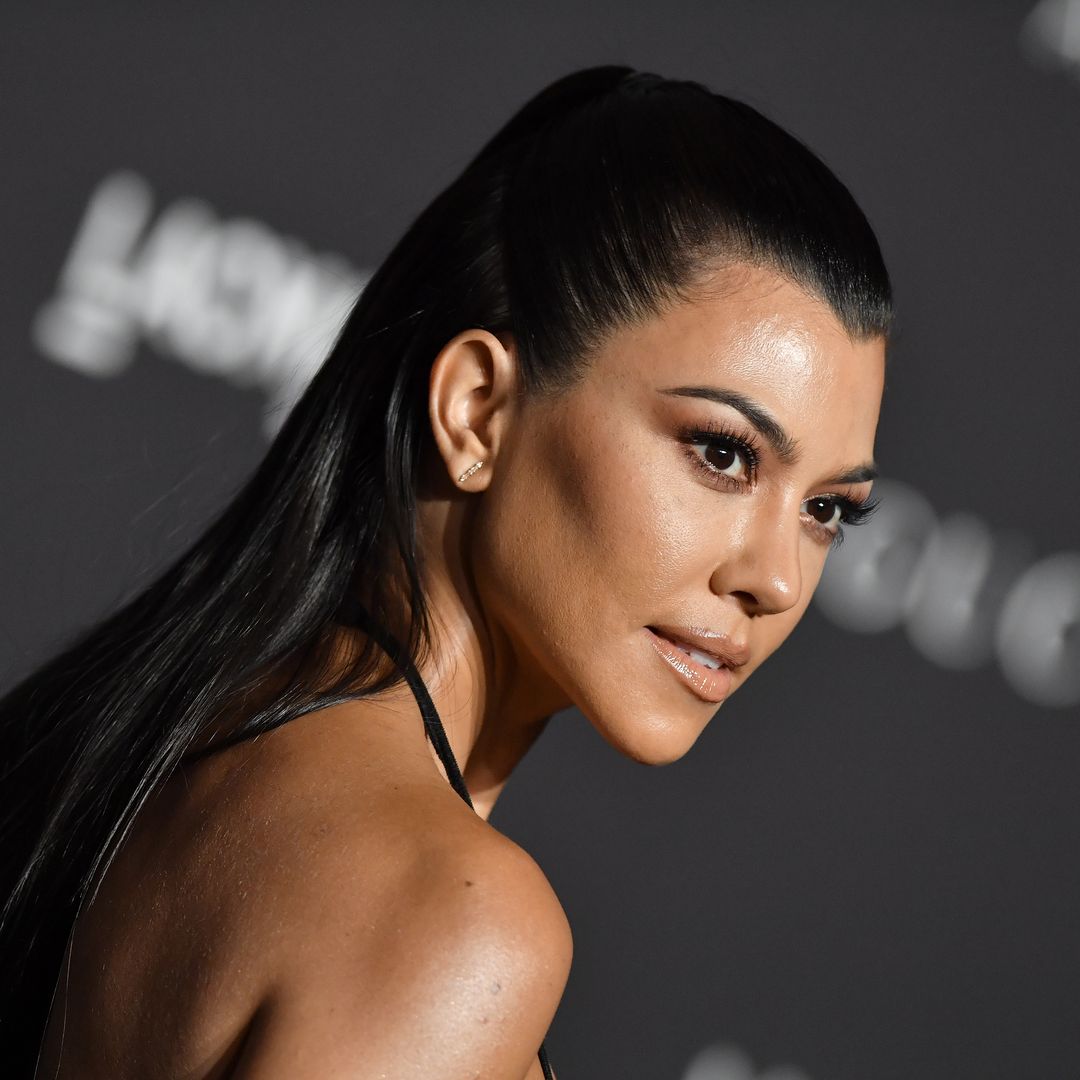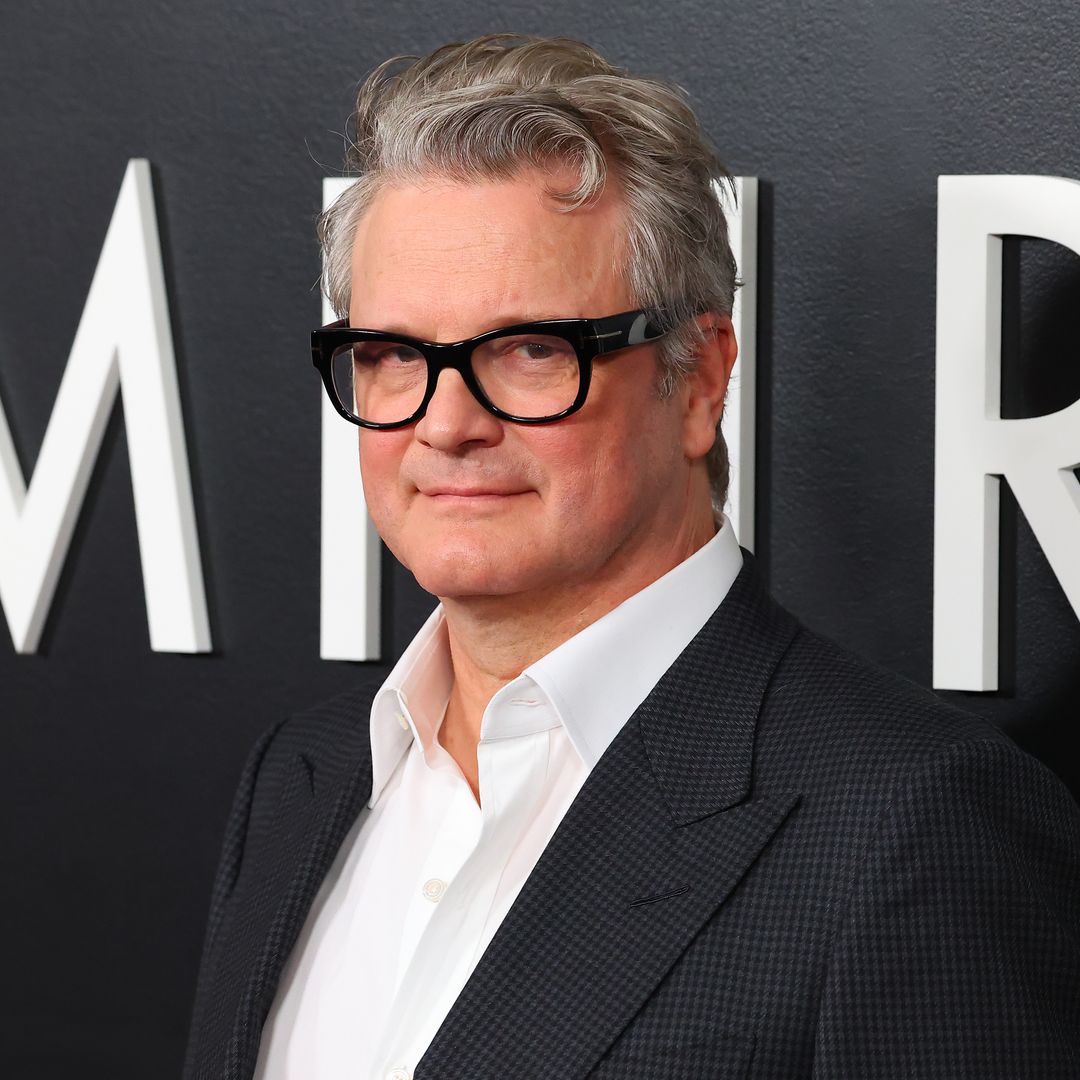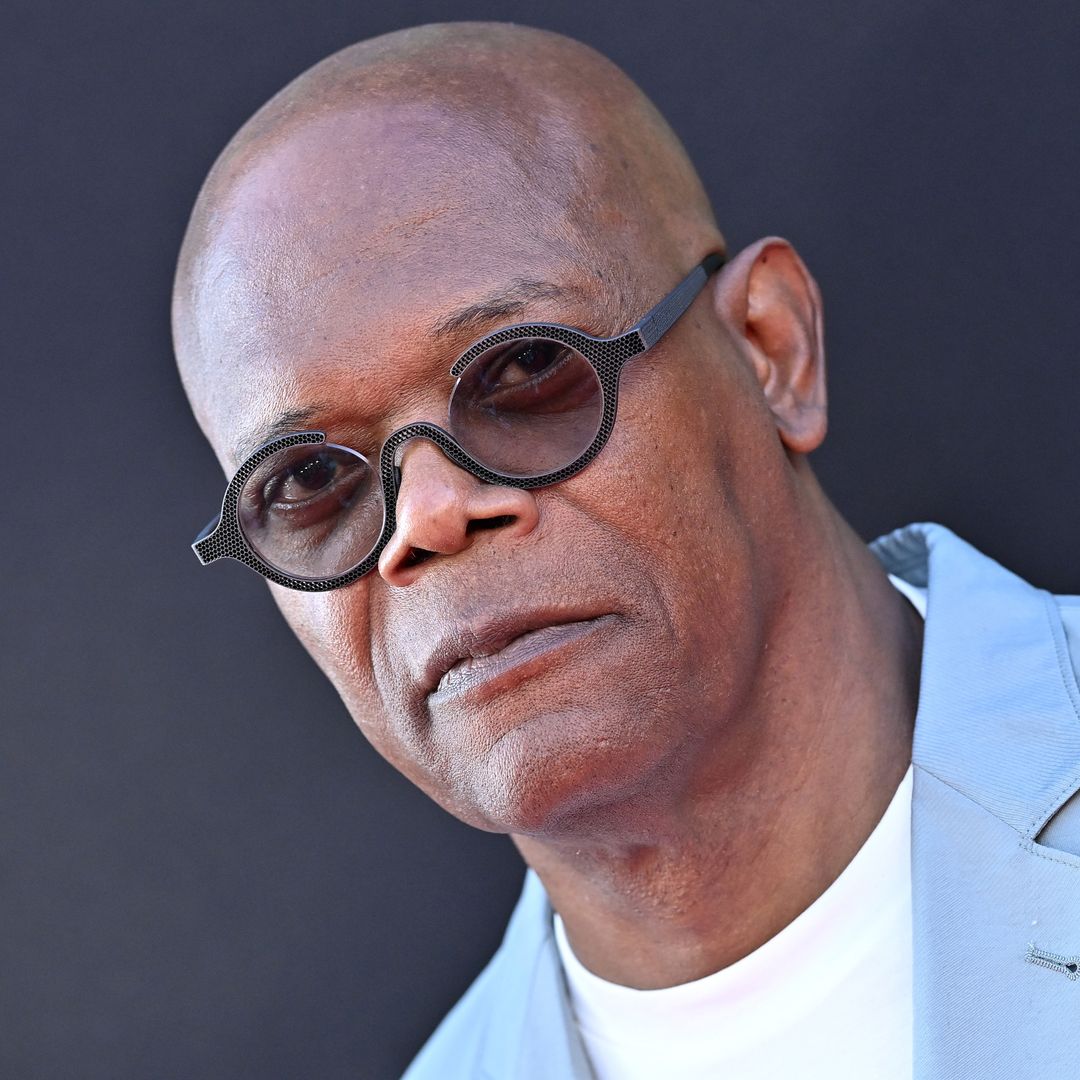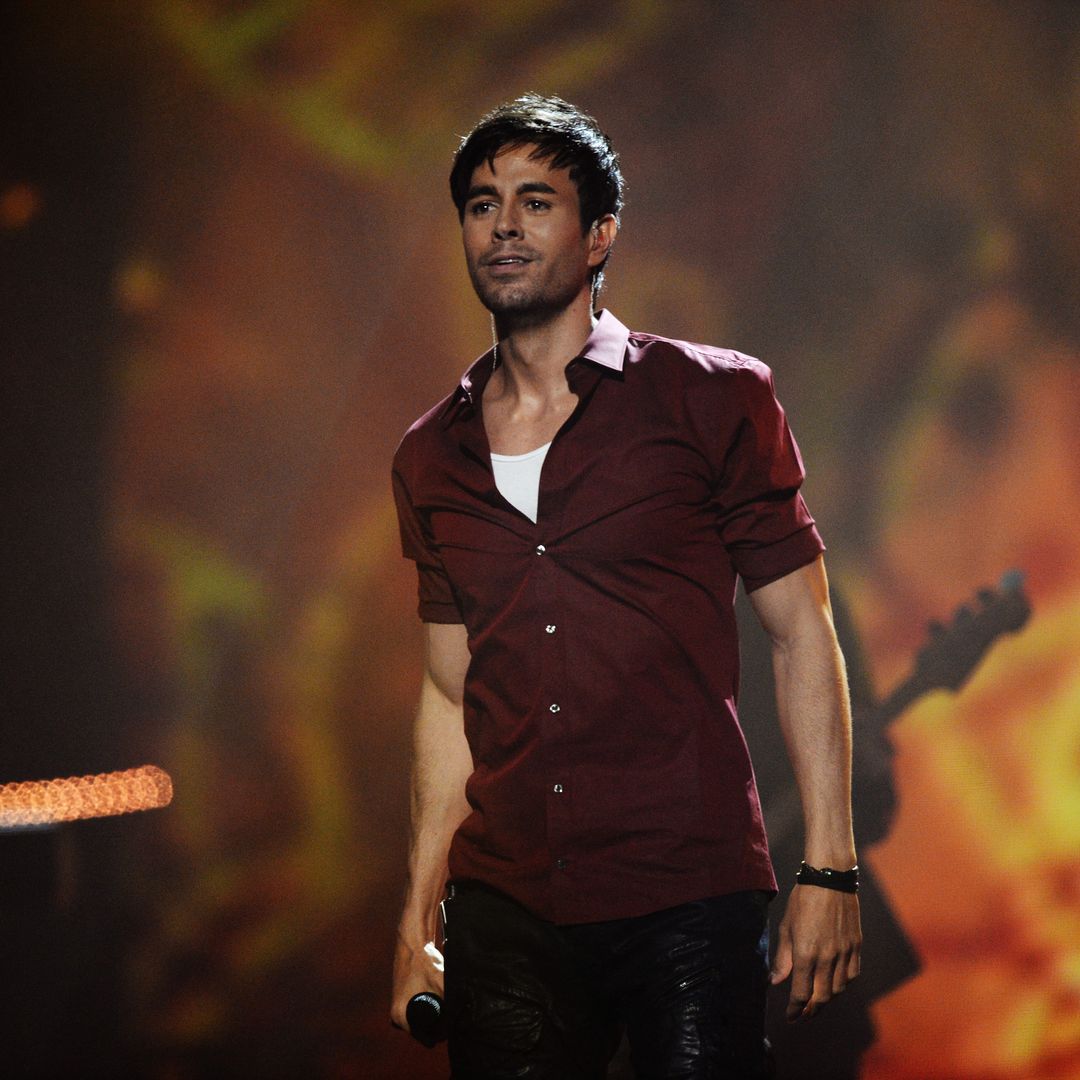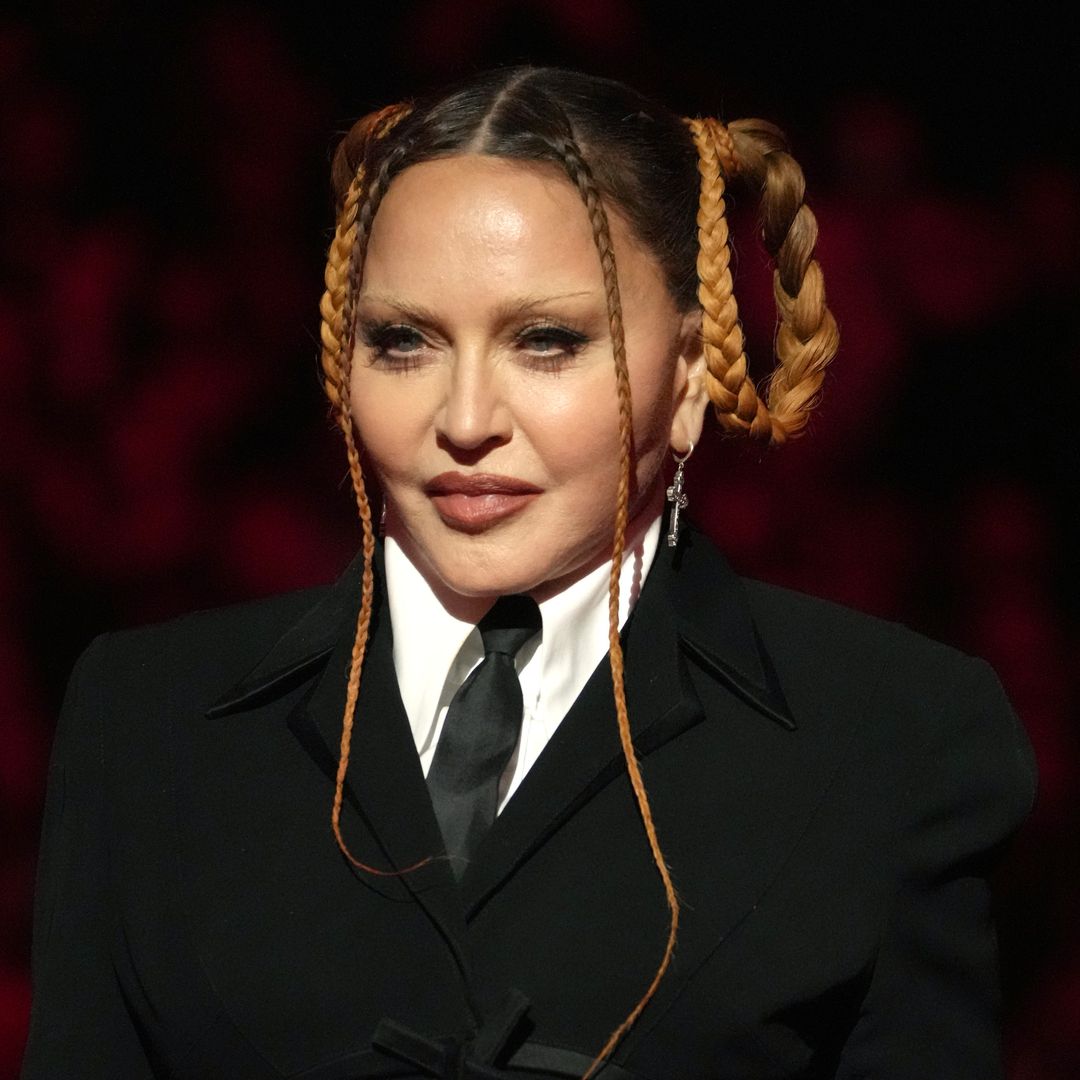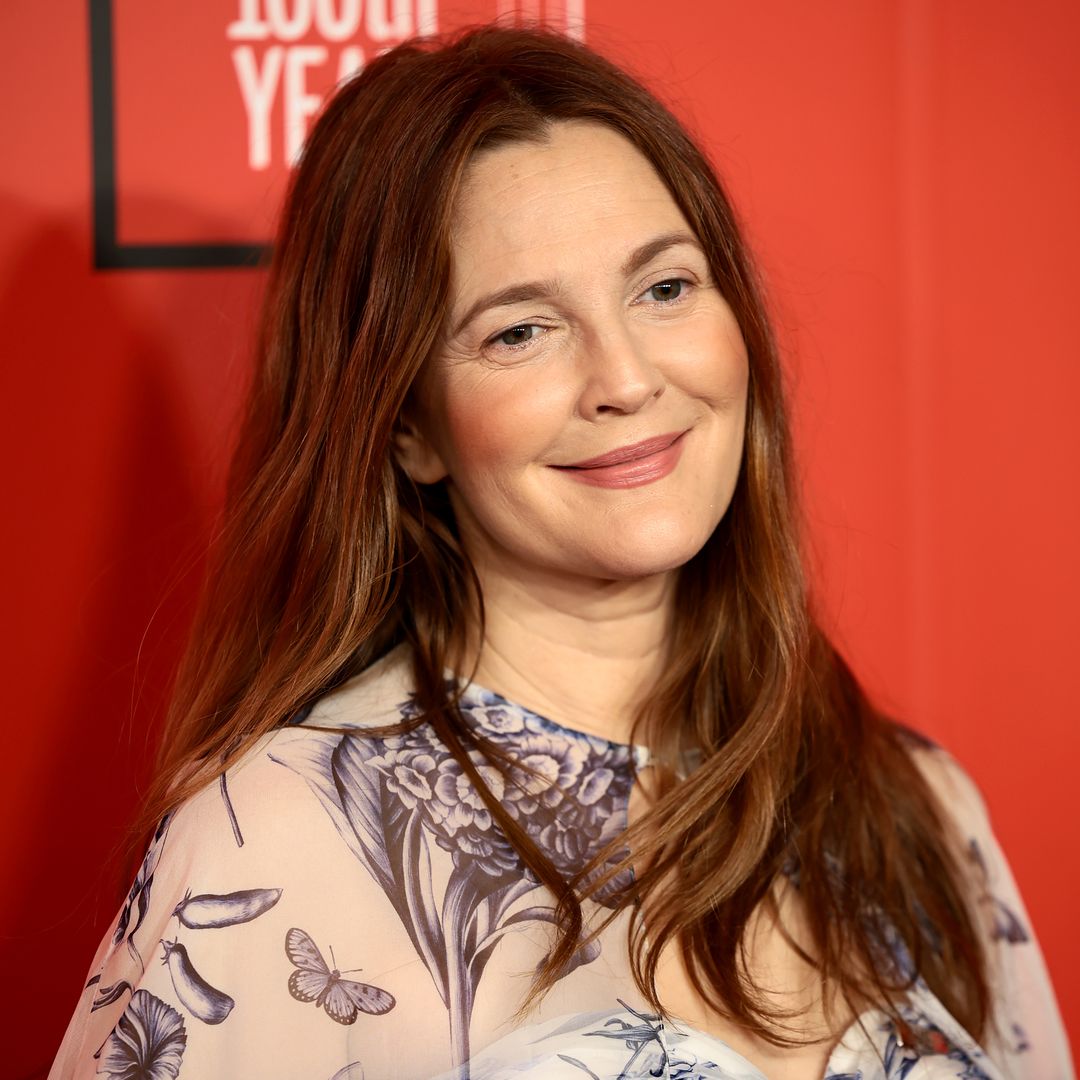When the Archbishop of Cracow, Adam Sapieha, visited a secondary school in the industrial town of Wadowice in 1938, he was welcomed by its prize orator 18-year-old Karol Josef Wojtyla. Impressed by Karol's delivery, the archbishop enquired what he intended to do with his life. The answer was the pursuit of philology - or acting. "A pity," responded the prelate, referring to the youngster's thespian aspirations.
Little did he know the hand that fate would play in the life of the teenager destined to become Pope John Paul II.
Pope John Paul's early life
Born on May 18, 1920, in Wadowice, the second son of a retired army officer and Emilia Kaczorowska, a schoolteacher of Lithuanian descent, young Karol was an excellent student and a talented athlete who loved physically demanding sports.
His early years were marked by tragedy, however. His mother died a month before his ninth birthday, followed three years later by his 26-year-old brother Edmund, who had contracted scarlet fever. And Karol was still only 21 when his father, who dreamed of seeing him enter the priesthood, passed away.
During the Nazi occupation of Poland, Karol made the decision to pursue his spiritual vocation. Many years later, he was to say that living in a country which had had to fight for its existence had taught him the meaning of exploitation. "I put myself immediately on the side of the poor, the disinherited, the oppressed, the marginalised and the defenceless," he said in 2000.
Pope John Paul's priesthood
Back in the 1940s, however, there was no hint he was aiming for the papacy and the role of leader of the world's nearly one billion Catholics. Instead, enamoured of the mystical writings of Saint John of the Cross, he wished to join a closed order. Archbishop Sapieha had no intention of seeing such potential locked away behind monastery walls, however, and he turned down the young man"s application three times. Eventually, Karol accepted the inevitable and in 1946 was ordained as a diocesan priest.
The move set the 26-year-old on a career curve which would take him through Archbishop and Cardinal to the Holy See.
Pope John Paul's papacy
When Cardinal Karol Wojtyla was elected Pope on October 16, 1978 the first non-Italian to head the Holy See in 455 years he became perhaps the most articulate and outspoken leader the papacy had ever known.
Fluent in eight languages, he has always had a keen understanding of the media, steering the Vatican into satellite transmissions and producing video cassettes. And he has not hesitated to bring his powerful personality into play in the pursuit of his major goals of clarifying church doctrine, seeking contact with other faiths, and proclaiming the sanctity of the individual, body and soul.
For all his charisma and intellectualism he held several doctorates and was an avid reader Pope John Paul's stance on subjects such as the ordination of women and birth control led to accusations of autocracy. And there is no doubt he ruled with an iron hand. Plagued with health problems in his later life in the Nineties he had a tumour and his appendix removed, broke his leg and dislocated his shoulder in 2001, it was revealed that he was suffering from Parkinson's disease.
In March 2005, it became obvious that the Pope was growing more and more fragile. Seriously ill for the previous two months, the 84-year-old pontiff missed Holy Week festivities for the first time in his 26-year tenure. Unable to speak and visibly frail, he finally appeared on Easter Sunday at St Peter's Square. "Just his presence, even without saying anything, means a lot," said one follower afterwards. But the brief appearance would be one of the last of Pope John Paul's lifetime. The Pope passed away just days later, on April 3, 2005.


